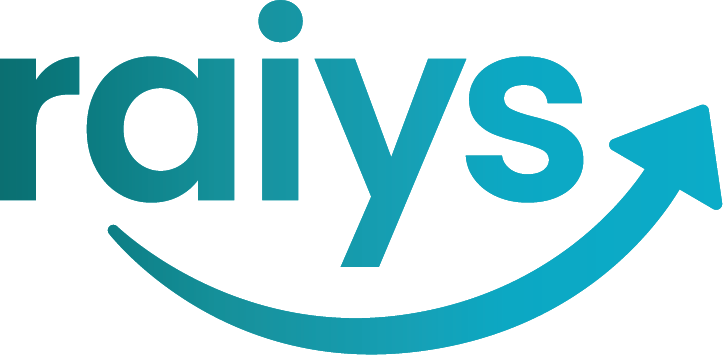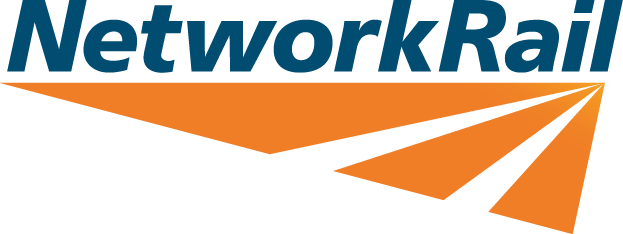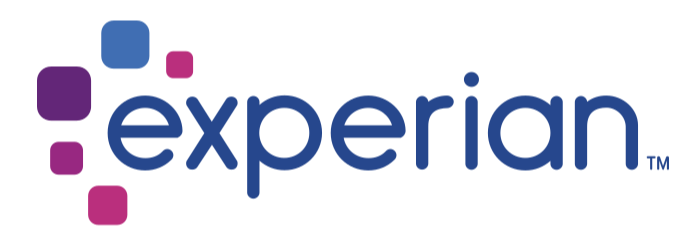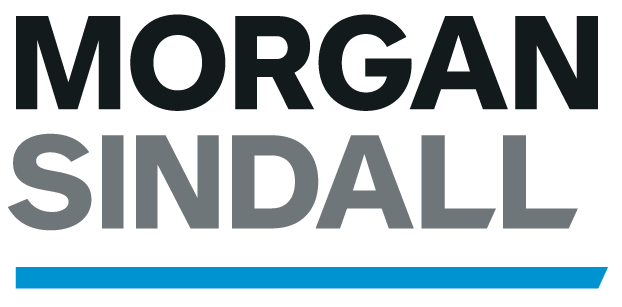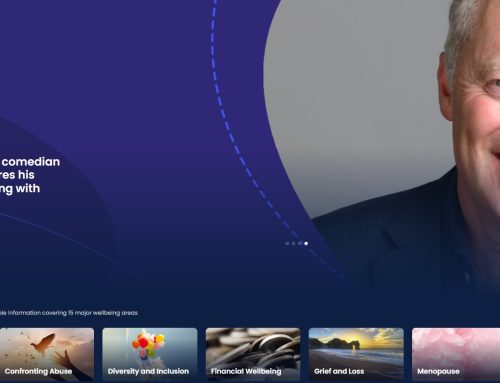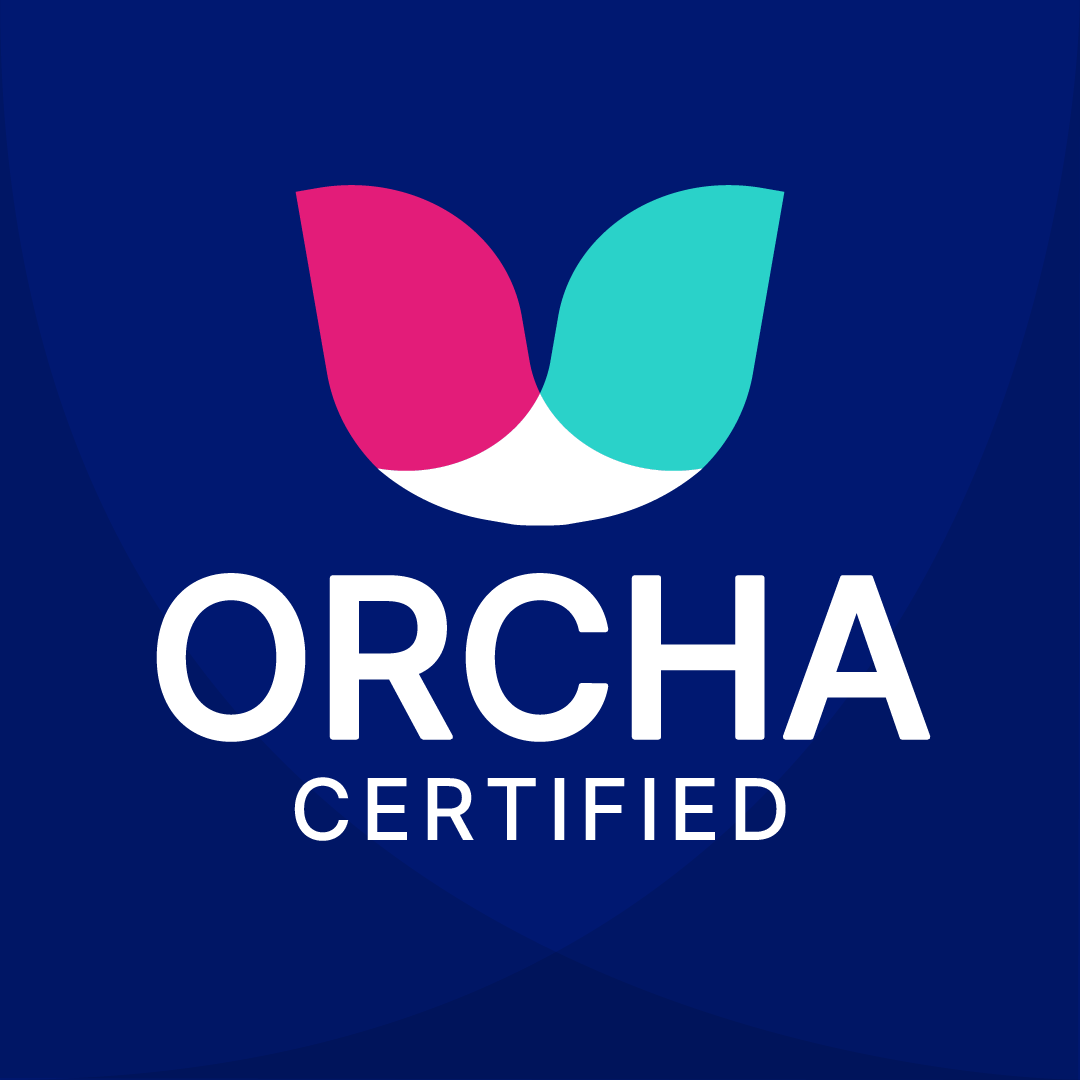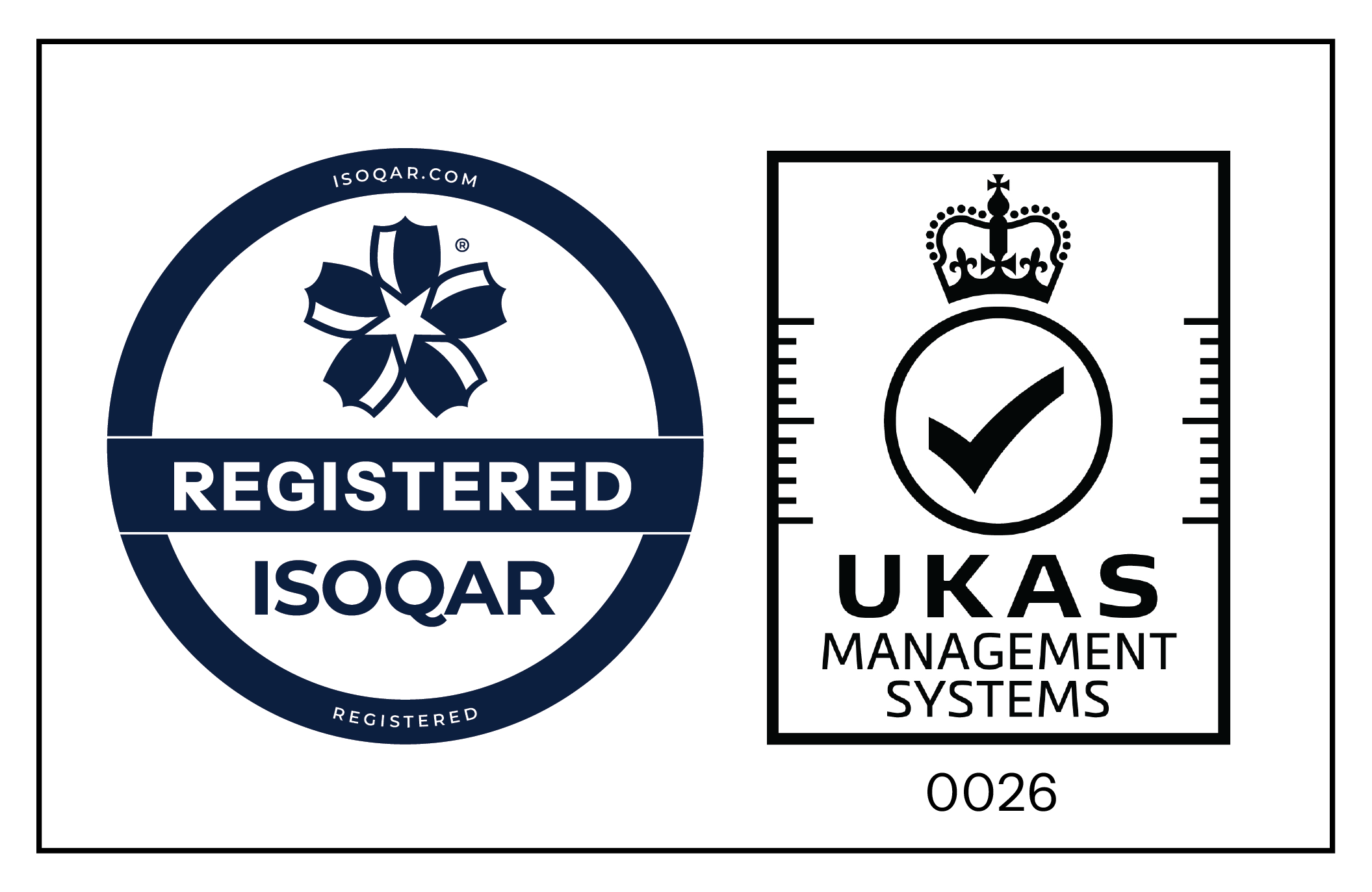Motivational Goal Setting for Staff Development
Part of being an effective manager is having the skills and knowledge to be able to set effective goals with your employees and to help them reach these. The issue is, not many people like performance reviews; even employees that consistently work at a high level can have anxiety overformal meetings and if not done the right way, they may feel judged or patronized. In this article, we’ll give you the best ways to motivate your staff to work towards effective and meaningful goals, making performance reviews an enjoyable experience for everyone involved.
Goalsetting is an important mechanism for establishing specific, measurable, and meaningful goals which your employees will be more dedicated to reaching. It also helps to provide a framework for establishing and monitoring targets, enabling you to provide your employees with regular feedback on their performance and motivating them to achieve even more.
How to collaborate with employees for effective goal setting
1.Having an excellent working relationship
The first thing to consider when collaborating with an employee on goal setting is whether they are likely to be honest with you about their aspirations, along with their worries and any barriers. Having a good working relationship with your employees is vital if you’re to work together openly, break through any challenges, and support them in reaching their goals. Let’s face it, you’ll be more effective in motivating your employees if you have an excellent working relationship.
2.Team goals and teamwork
Know in the long-term goals of your company goals and the goals of other team members is also important as a manager if you are to create a team of effective employees. Having a team of staff working toward joint goals as well as individual targets helps employees to feel part of a ‘bigger picture,’ as well as more purposeful and motivated.
3.Create smart goals
The goals that you create with your employees should be SMART goals, this helps your employee to be more likely to succeed and also helps them to have a greater commitment to the goal. This stands for goals that are specific, measurable, achievable, relevant and time-bound.
It’s likely that you’ve heard this term before but let’s go through each component in more detail:
Specific
A specific, measurable goal has a much greater chance of being accomplished and it is also easier for the employee to visualise their success if they are clear about what it is they are trying to achieve.
Measurable
In order for a goal to be SMART, it must also have criteria to measure progress. This is vital, because if there are no criteria, then you will not be able to determine your progress, or whether you are on track to reach your goal.
Achievable
The SMART goal also has to be achievable. As obvious as that sounds, because why would we set a goal if we don’t think it can be achieved, it’s important to think of things both within the employees’ control and outside of it. Although the achievability of a goal should be stretched so that it is challenging, but it also needs to be achievable.
Relevance
A fundamental aspect is that the goal is relevant and realistic, both to the individual but also to you as a company. Once you’ve established if the goal is achievable and that it meets both personal aspirations for the employee and company or team goals, you can assume that it’s a relevant goal.
Time
When setting SMART goals, the final component to think about is time. Although you might have touched upon time constraints previously, each goal should have start and finish date. This is important because without it there’ll be no real sense of urgency, structure, or motivation to work on the goal. It’s a good idea to pinpoint:
Key takeaways
- To help your employees to feel motivated in achieving their goals it’s important to:
- Establish an excellent working relationship where you can both speak openly about both success and areas for improvement without judgement
- Personal goals should be linked to wider team goals and aspirations where possible
- Encourage employees to work outside of their comfort zone with well thought out and supported SMART goals
To learn more about we can support the wellbeing of your workforce, get in touch.
